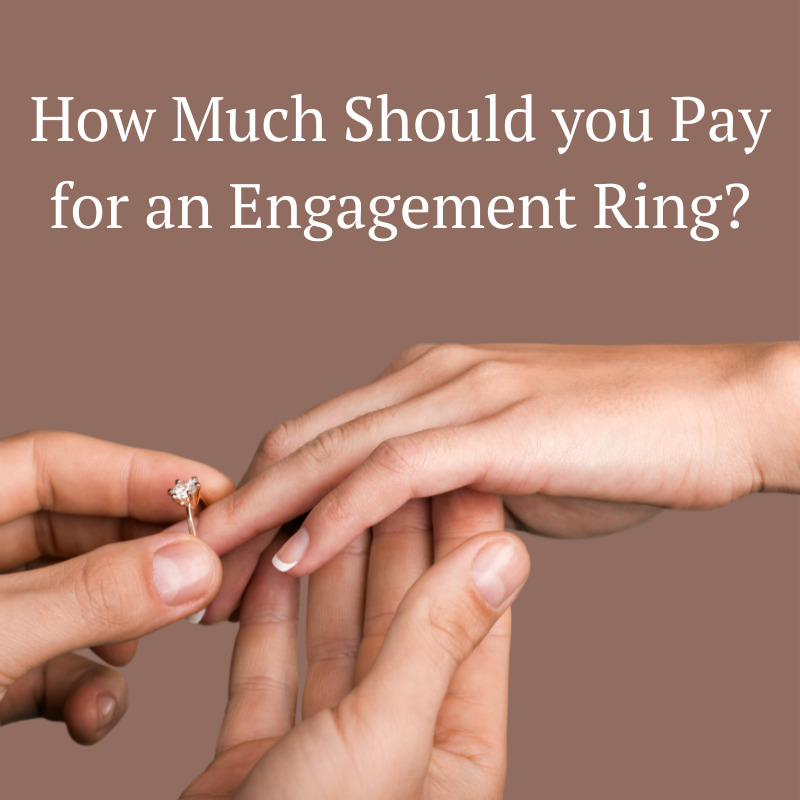By Andrew Baron, CFP®, EA
Associate Advisor
Love is in the air in February with Valentine’s right around the corner! If you have been thinking about proposing to your partner, buying a ring is a major step in the perfect proposal. The obvious question is then—how much should I spend on a ring? Forget about the rule of thumb about saving multiple month’s salary, since the diamond industry invented this rule after all! Instead, consider your personal financial situation, your partner’s expectations, or a tiered approach to wow your future spouse.
First, consider your financial situation. If you do not already have a budget, now would be a great time to start one and review how much money you have monthly to contribute to an engagement ring. While rings can be expensive to buy—they are only an emotional investment because the resell value of most diamond engagement rings is a fraction of the purchase price. Therefore, it does not make sense to go into debt to purchase an engagement ring.
What are your partner’s expectations? Marriage is a partnership and you should know your partner pretty well by now if you are thinking about tying the knot. If your partner is used to a lavish lifestyle—they may expect a ring to match. Nevertheless, even with modest rings, there are many details to consider from different gemstones, metals, and styles. Some people have strong opinions on natural versus laboratory diamonds. Some people prefer white gold compared to yellow gold. You expect your new spouse to love their ring so knowing what they like and getting the details correct is a good start to a successful marriage.
As mentioned before, there are many details to consider when choosing an engagement ring. Some options can cost considerably more than others can. For example, a diamond that is 1 carat costs more than a diamond that is slightly under 1 carat despite being visually identical. Pure gold is too soft to be a ring, so the gold is mixed with other metals to create an alloy. Rings containing more gold cost more than alloys with less gold content. Silver is significantly cheaper than gold and can still be a great engagement ring. If your dream ring is outside your price range at the moment, you might think about a tiered approach and purchase a cheaper ring now knowing that you will buy a more expensive ring in the future, such as at a 5 year or 10 year anniversary.
Besides just the ring, the lessons learned should continue on other major purchases you take together with your new spouse. Consider your financial situation before making any major purchases and do not overspend, especially if you are buying an emotional asset and not a traditional investment asset. Think about what your partner wants and make the decisions collaboratively. Finally, nothing needs to happen all at once—it is okay to take your time to get to where you want to be.







